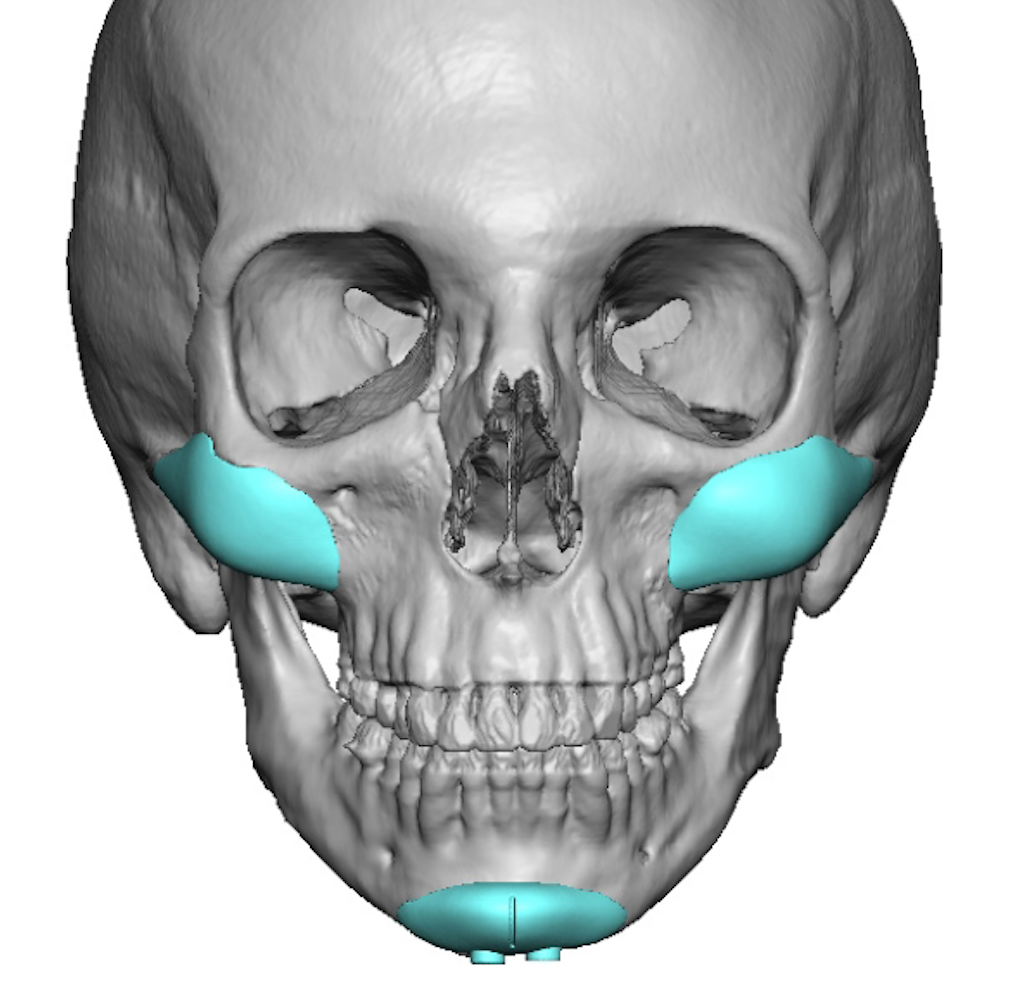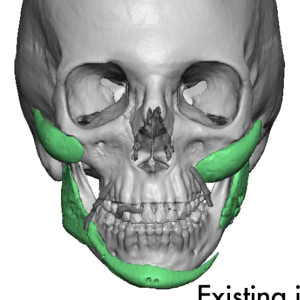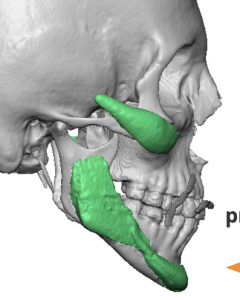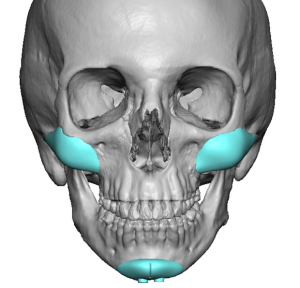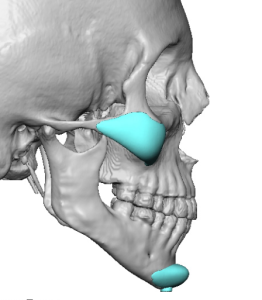Introduction
Facial implants are solid, biocompatible devices placed beneath the soft tissues and against the facial skeleton to augment or refine key structural areas. Commonly treated regions include:
-
Cheeks (malar/submalar)
-
Chin (mentoplasty)
-
Jaw angles / jawline
Unlike injectable fillers, facial implants provide stable, long-term structural change because they maintain their shape permanently once placed.
The primary objectives of facial implants are to:
-
Correct a weak or retrusive chin
-
Add projection or volume to flat cheeks, creating higher or more defined midface contours
-
Strengthen or define the jawline
-
Contribute to facial feminization by refining the chin shape or adding cheek height/projection
While implants are used in all genders, understanding gender-specific facial shape goals is essential. Technically correct implant placement can still yield undesired or unnatural results if the implant selection does not match the patient’s aesthetic objectives.
In general, feminine facial characteristics often include:
-
Higher, more sculpted cheekbones
-
Softer jawlines with less width
-
A tapered, less square chin
-
Thinner soft tissues, which can magnify the visual impact of implant size and shape
Case Study
An older female patient presented with concerns regarding cheek and chin implants placed over 12 years earlier. With age and weight loss, she became increasingly unhappy with:
-
A chin that appeared too broad and wide
-
Cheeks that looked too high and sharp, giving an overly skeletonized appearance
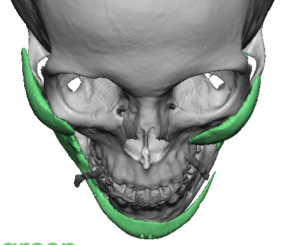
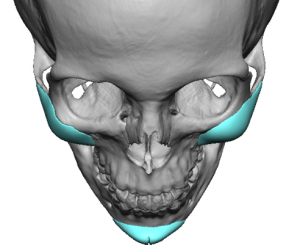
Chin Implant Design Changes
-
A narrower, more tapered shape
-
Removal of lateral “wings,” which can widen the lower face in women
-
An upward tilt to avoid unwanted facial lengthening in a patient with a high mandibular plane angle
Cheek Implant Design Changes
-
Projection shifted downward into the submalar region
-
Increased anterior and lower cheek fullness for a softer, more youthful contour
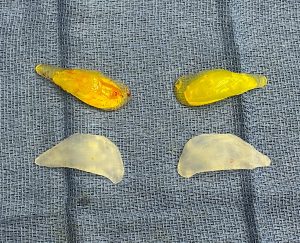
Discussion
A technically well-placed facial implant does not guarantee an aesthetically pleasing outcome. Implant selection—specifically shape and size—is equally, if not more, important. While surgical placement skills are teachable, the ability to choose the right implant for a patient’s aesthetic goals requires deeper experience and judgment.
Key aesthetic principles include:
-
There are distinct gender differences in facial bony structure and desired facial shapes.
-
Women typically benefit from smaller, narrower chin implants, as extended or winged chin implants often create an undesirably wide lower face.
-
The ideal feminine cheek augmentation pattern favors submalar fullness. Simply augmenting the malar bone can create the opposite effect—submalar hollowing—which can age a thin female face.
-
3D CT imaging is an invaluable tool for diagnosing unsatisfactory implant outcomes and designing more effective replacements.
Key Points
-
Extended chin implants in female patients often create an overly wide chin shape.
-
High malar implants in thin female faces may result in a gaunt or skeletonized appearance.
-
3D CT imaging allows precise visualization of unsatisfactory implants and guides improved custom implant design.
Barry Eppley, MD, DMD
World-Renowned Plastic Surgeon

